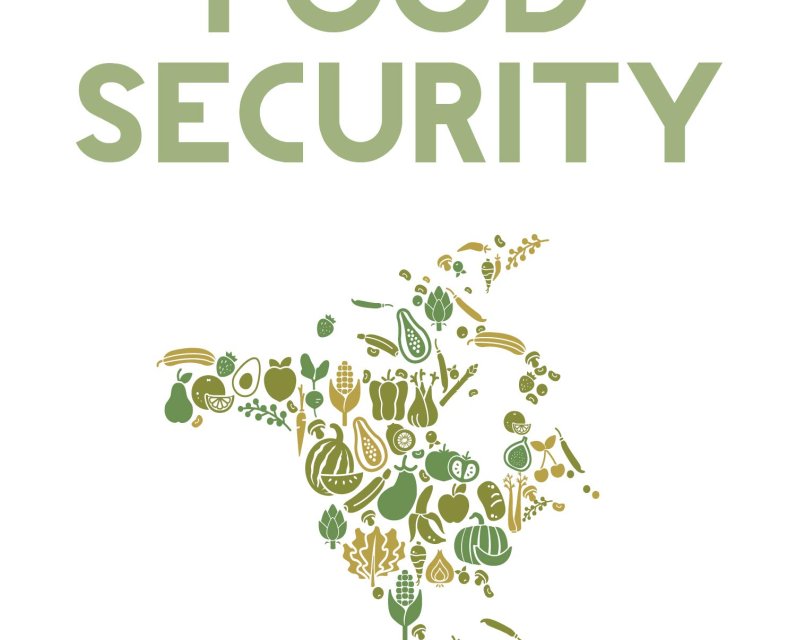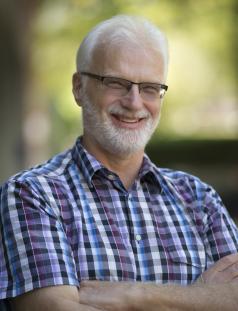Unpublished Opinions
Ralph Martin grew up on his family farm in Wallenstein, ON. His formal education includes, a Ph.D. in Plant Science from McGill University. He began teaching at the Nova Scotia Agricultural College, in 1990, and in 2001, founded the Organic Agriculture Centre of Canada. In 2011, he was appointed as Professor and the Loblaw Chair in Sustainable Food Production at the University of Guelph. Ralph retired in 2019 and was a candidate for the Green Party of Canada in Wellington-Halton Hills. Information about his book, “Food Security: From Excess to Enough,” is available http://www.ralphmartin.ca
Anticipating Peak Population

In 1804, when Napoleon started to dust up Europe, the world population first stretched to 1 billion people. After that it took a mere 123 years before global population doubled to 2 billion in 1927, just two years before the stock market crash and the Great Depression. The next doubling of the global population was compressed to 47 years. In 1974, we tipped over 4 billion people, when Richard Nixon resigned as US President and the OPEC oil embargo ended.
If the rate of exponential growth had continued, the world would have been saddled with 8 billion people, 23.5 years later, by 1998. However, the actual population touched 6 billion in 1999, as my forbearing students were repeatedly informed. The next doubling to 8 billion people is now expected to occur in 2023.
The annual increase of our human population peaked at 2.09% in 1968 when the global population was 3.5 billion and I was still a 4-H kid learning about the prerogative for farmers to grow enough food to feed the world. Today our human population is 7.8 billion but its annual increase is1.05% and falling.
While the UN had originally warned about a global population of 12 billion, by 2100, their revision is that “the global population could grow to around 8.5 billion in 2030, 9.7 billion in 2050, and 10.9 billion in 2100.”
Alternatively, the International Institute for Applied Systems Analysis as early as 2014, predicted that global population would increase to 9.2 billion by 2050, peak at 9.4 billion in 2070, and then ease down to nine billion by 2100. In 2020, in The Lancet, Vollset and colleagues developed a reference scenario, for global population to peak in 2064 at 9.7 billion people and decline to 8.8 billion by 2100 with an alternative scenario of declining to 6.9 billion by 2100, a decrease of 1 billion from today. This is a new story and different than the ever-increasing-population story told at every agricultural meeting I have attended, since my 4-H days.
John Ibbitson and Darrell Bricker in their book Empty Planet, discuss the implications of a declining global population, including too many pensioners to be supported by too few workers. In a recent update they note that in China the fertility rate has plummeted to 1.3 births per woman, well below the replacement rate of 2.1. During the pandemic, fertility rates have declined in other countries, including to 1.5 in Canada. “One in six Canadian couples who are trying to have a child experience infertility, double the rate in the 1980s.
Shanna Swan, the author of the book, Countdown, pointed recently to the risk of rapidly declining global fertility and cautions that if present trends continue (so far the trends have not tapered off), then by 2045, median human sperm count could be zero.
As a young faculty member at the Nova Scotia Agricultural College, I was very concerned about rapidly rising population and whether or not agriculture could keep up, with sustainable practices. My colleague, Gary Atlin, listened patiently to my prognostications one day as we assessed field plots. “Well yes, Ralph, we would have to worry about increasing population if everyone was as big as you, so from now on all future people should be small guys like me.” We both smiled at his nudge for me to stop talking and get back to work. Nevertheless, the take-home lesson stuck; it is not just about how many people there are but also about how much each person consumes.
To date, Canada has avoided population decline through immigration and offering refuge to those afflicted by climatic disruptions and war. Nevertheless, our predisposition is to open the door wider and faster to those who have the skills we need, such as nurses. The risk is that Canada will exacerbate a planetary ‘brain drain’ if we preferentially repopulate with the best and brightest from the Global South.
The premise of my book Food Security: From Excess to Enough, is that increasing population, especially following famines of WWII, has driven Western agriculture to produce so much food that we displace ecosystem services and enable excess consumption and waste. It’s time for those of us in agriculture to say “Enough, already.” As the rate of population increase slows and as peak population comes into view, we have an intensifying impetus to develop a new story and new economic models to balance adequate production with appropriate consumption.
Ralph Martin, Ph.D., Professor (retired), University of Guelph. Information on book, Food Security: From Excess to Enough at www.ralphmartin.ca



Comments
Be the first to comment